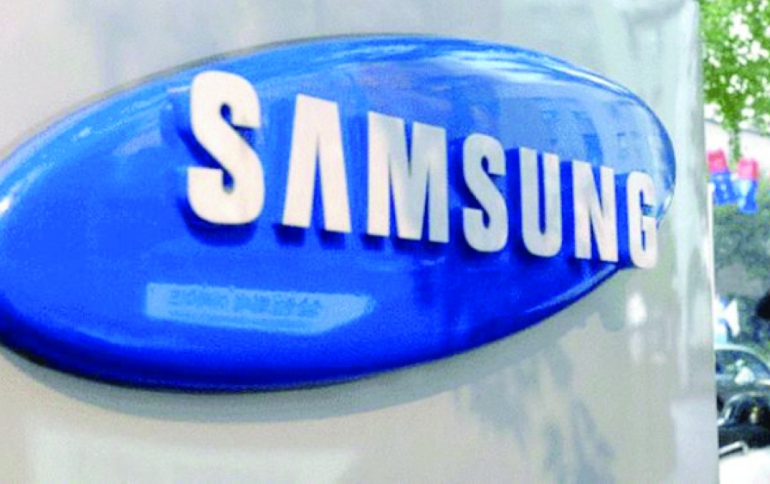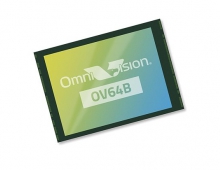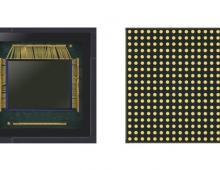
Samsung to Produce Its Own 1,000fps, 3-layer Image Sensor for Smartphones
Samsung has developed and plans to mass produce a 3-layer CMOS image sensor for smartphones, which can shoot slow-motion video at a 1,000 frames per second.
The concept is familiar for those watching the CMOS market, as Sony has already released 3-layer sensors for smarthones and its premium Xperia XZ and XZ1 models: the CMOS has a stacked configuration with a back-illuminated pixel array, a signal processing circuit layer and DRAM. The DRAM used in Sony's sensor is from Micron.
Samsung's CMOS will also have a layered structure - sensor, a logic chip along with Samsung's DRAM memory - using the through-silicon via (TSV) interconnect technique.
Samsung has already ordered the equipment required in order to mass produce the new sensor and plans to start mass production by November.
Image sensors typidally used in current premium Smartphones are based on a 2-layered structure that is composed of a sensor and a logic chip. The image processing required for detecting and tracking of objects has to be carried out at a later stage.
Sony's CMOS features a Micron's DRAM chip placed between an image sensor and a logic chip. The Japanese company has developed a batch process system that attaches a sensor, a DRAM chip, and a logic chip in a single wafer. Samsung's approach will be to use first create a 2-layered structure with a sensor and a logic chip and then attach the DRAM memory using a Thermocompression bonding approach. It is a wafer bonding technique in which two metals are brought into atomic contact applying force and heat simultaneously. The diffusion requires atomic contact between the surfaces due to the atomic motion. The atoms migrate from one crystal lattice to the other one based on crystal lattice vibration. This atomic interaction sticks the interface together.
Obviously, Sony's approach is more productive and cost-efficient, but Samsung has obviously decided to use the TC approach in order to avoid possible patent infringments. On the other hand, Samsung has an advantage over Sony as it will receive the DRAM chips internally.
It is predicted that Samsung's new 3-layered image sensors will be used in the company's next Galaxy Smartphones. Currently, Samsung receives half of the required image sensors from Sony and the other half from its own Semiconductor Business Department.





















